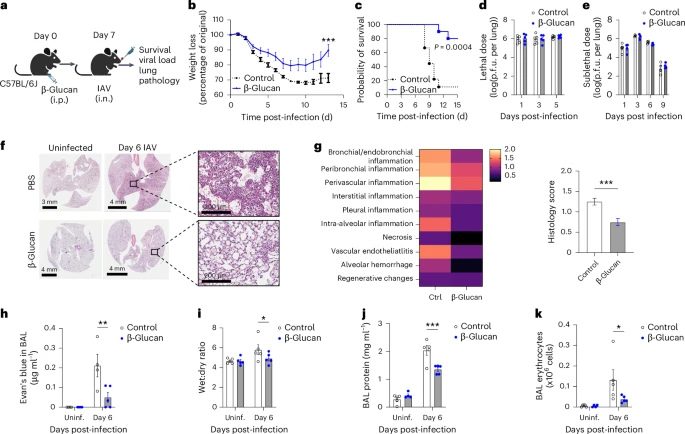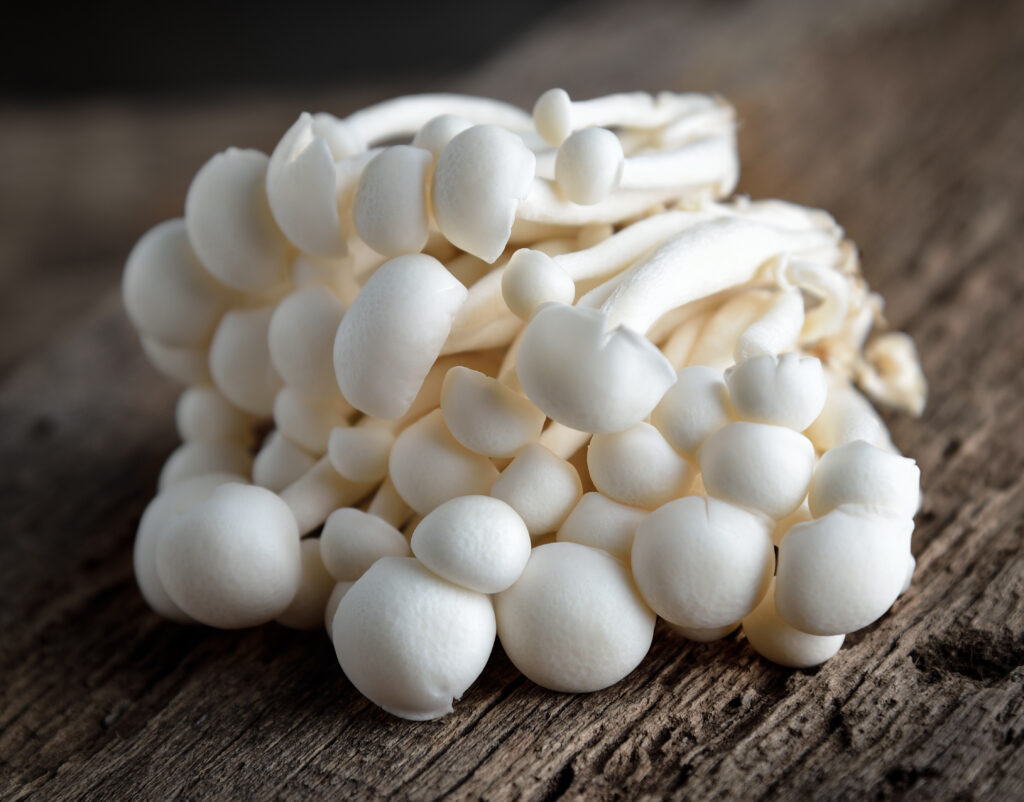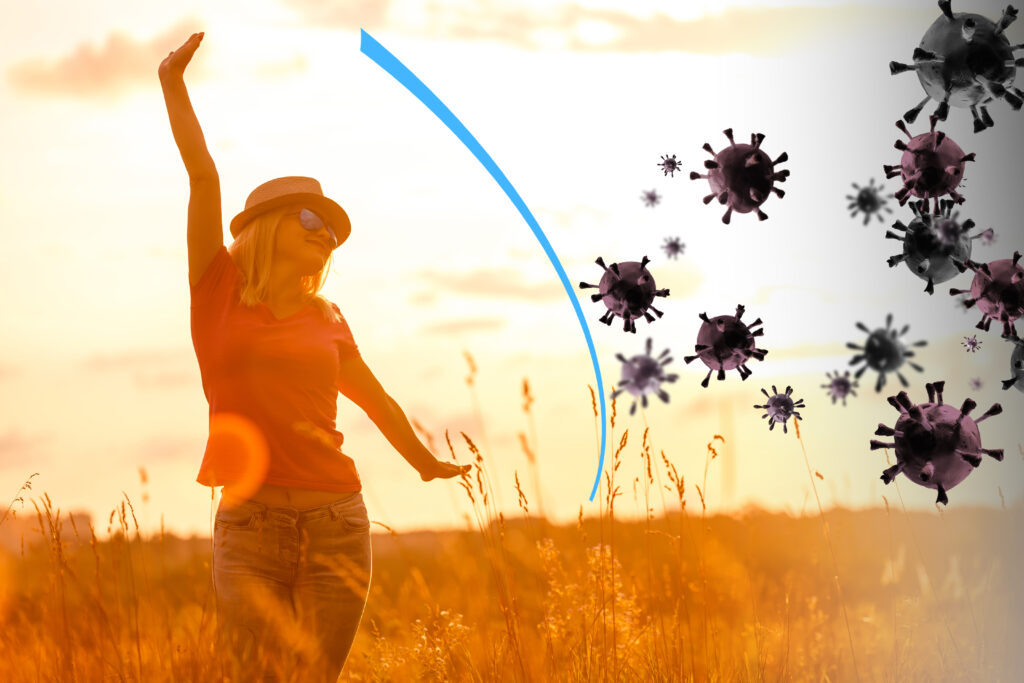Abstract
Stroke and myocardial infarction are among the most common causes of mortality and disability in the world. The ischemic injury underlying these illnesses is complex, involving intricate interplays among many biological functions including energy metabolism, vascular regulation, hemodynamics, oxidative stress, inflammation, platelet activation, and tissue repair that take place in a context- and time-dependent manner. The current drug therapy of choice is to timely resupply the blood to the ischemic tissue; but reperfusion may introduce additional harm to the tissue through a process known as ischemia/reperfusion injury. As such, new drugs that would complement reperfusion by providing neural and cardiovascular protection and by targeting multiple abnormalities in ischemia are receiving increased attention. Scutellarin is an herbal flavonoid glucuronide with multiple pharmacological activities. Owing to its multiple beneficial effects, such as anti-oxidant, anti-inflammation, vascular relaxation, anti-platelet, anti-coagulation, and myocardial protection, scutellarin has been used clinically to treat stroke, myocardial infarction, and diabetic complications. Over the past three decades, clinical and pharmacological studies have accumulated a body of evidence that not only demonstrated these therapeutic effects, but also provided significant insights into the pharmacokinetic behavior, therapeutic profile, and mode of action of scutellarin in humans and animal models. Medicinal modification and new drug delivery methods have led to the development of new derivatives and formulations of scutellarin with improved bioavailability, efficacy, and safety. Here we review the current literature on scutellarin to provide a comprehensive understanding of the pharmacological activity, mechanism of action, toxicity, and therapeutic potential of scutellarin for the treatment of ischemia, diabetic complications, and other chronic diseases.
Introduction
Scutellarin is a flavonoid drug derived from the plant Erigeron breviscapus (Vant.) Hand.-Mazz., a Chinese herbal medicine with multiple pharmacological effects and clinical applications. The whole plant was used to treat paralysis caused by stroke and joint pain from rheumatism by the Yi minority people of Southwest China for generations (Wang, Yang, and Yang, 2012). The structure of scutellarin was determined to be a glucuronide conjugate of 5,6,7,4′-tetrahydroxyflavone (scutellarein, S, C15H10O6) at the 7-O position (scutellarein-7-O-glucuronide, S-7-G, C21H18O12) a century ago (Fig. 1a and b). However, the systematic study of scutellarin in modern medicine did not begin until the late 1970s, when China launched a large campaign to identify and modernize therapeutics from traditional Chinese medicine. This campaign has been credited with the discovery of a number of clinically successful drugs, best exemplified by the antimalarial drug, Artemisinin, derived from the herbal medicine Artemisia annual L. (Foundation, 2015). Scutellarin was identified as a major active ingredient of Erigeron breviscapus from these early studies (Medica, 1976; Wang et al., 2012). Breviscapine, the total flavonoid extract of E. breviscapus containing ≥90% Scutellarin and ≤10% apigenin-7-O-glucronide in content, was classified as a prescription drug. At present, more than ten million patients use breviscapine and related drugs each year in China (Liu et al., 2018).
The research on scutellarin in the past three decades has led to the accumulation of a large body of evidence that establishes the effectiveness of the drug in treating cerebrovascular and cardiovascular diseases, in particular, ischemic stroke and coronary heart disease (Chinese Pharmacopoeia Commission, 2015; Gao et al., 2017; Yang, Cheng, Xie, Yang, and Zhuang, 2012; Yang, Li, Xie, Zhuang, and Yang, 2013). Clinical and laboratory studies have also implicated scutellarin in treating several other chronic illnesses, such as diabetic complications (Li, Wu, and Wang, 2009; Liu et al., 2016; Wu, Zhong, and Sun, 2002; Zheng, Ou, Shen, Zhou, and Wang, 2015). Moreover, these studies revealed significant insights into the pharmacologic aspects of the drugs, including pharmacokinetic behavior, mode of action, drug target, and adverse reaction, in both humans and animal models (Gao et al., 2012; Gao, Chen, and Zhong, 2011; Li, Lin, Xie, Zhang, and Guo, 2015; Li, Wang, Li, Bai, and Xue, 2011; Lin et al., 2007; Yuan, Fang, Wu, and Ling, 2016; Yuan, Zha, Rangarajan, Ling, and Wu, 2014). Additionally, advances in the formulation, drug delivery, and structural modification of scutellarin in recent years opened new opportunities for improvement of the bioavailability, therapeutic profile, efficacy, and safety of scutellarin (Lu et al., 2010, Lu et al., 2012; Wang et al., 2017). In this article, we review the literature on scutellarin in order to provide a comprehensive understanding of the therapeutic effect, pharmacokinetics, and pharmacological activity of the drug.
Section snippets
Therapeutic effect and clinical benefit
Erigeron breviscapus (Vant.) Hand.-Mazz., also known as Herba Erigerontis, Lamp Chrysanthemum, and fleabane, or dengzhanxixin and dengzhanhua in Chinese, is found in many mountainous areas of Southwest China. In addition to treating paralysis and rheumatism by the Yi people, the herbal medicine was used to heal headache, toothache, gastritis, and fever by the Yi, Zhuang, and Tibetan minority groups for hundreds of years (Medica, 1976; Wang et al., 2012).
The therapeutic development of E.
Pharmacokinetics
Scutellarin exhibits unusual pharmacokinetic behaviors in humans and animals. Like many plant-derived flavonoid glucuronides, scutellarin has a low solubility in body fluids, an unfavorable bioavailability, and a short half-life in mammalian systems. The bioavailability of scutellarin is exceptionally low, as evidenced by the very low plasma concentration of scutellarin after an oral dose. In a study on 20 healthy volunteers receiving an oral dose of 60 mg scutellarin, the parent drug could
Pharmacological effect
A large effort was made to document and understand the pharmacological effects of scutellarin in experimental systems during the past three decades. In particular, a number of recent studies provided quantitative measurements of the therapeutic effects of scutellarin and related drugs on cerebral ischemic stroke, coronary heart disease, and diabetic complications in animal models. Experimental data also support the beneficial effects of the drugs in the treatment of several other disease
Mechanism, signaling pathways, and molecular targets
Elucidating the mechanism of action and identifying the targeting pathways and molecules of herbal drugs are necessary and critical for improvement of their therapeutic use. However, these wishful expectations remain a major challenge for most herbal medicine-derived therapeutics, despite enormous efforts made. In part, this is due to the fact that most herbal medicines evolve through experience rather than rational drug design and were sometimes based on abstract concepts, such as the
Toxicity
Scutellarin and breviscapine are minimally toxic or nontoxic in animals. It was found that the maximal tolerated dose of scutellarin was >10 g/kg in mice and, as such, its acute lethal dose (LD50) could not be determined experimentally (Li et al., 2011). In a subacute study, an oral administration of scutellarin at a dose of 100 or 500 mg/kg daily for up to 30 days did not result in death or significant changes in hematology, blood chemistry, and urinalysis, except a non-dose related decrease
Nanoparticle carrier with amphiphilic derivatives
Scutellarin has been shown to be effective in treating diabetic vascular endothelial cell dysfunction, but its clinical application is limited by its low oral bioavailability. A novel intestine-targeted nanoparticle carrier with amphiphilic chitosan derivatives loaded with scutellarin (Chit-DC-VB12-Scu) was created to enhance scutellarin’s bioavailability for its therapeutic effect in experimental diabetic retinopathy (Wang et al., 2017). The bioavailability study in rats revealed that
Conclusion
The development of therapeutic agents from traditional herbal medicines has become a promising direction for the treatment of a range of diseases and pathological conditions, such as cerebral and myocardial ischemia, diabetic complications, neurodegeneration, and cancer. In part, this is because the pathological development of these illnesses is complex, involving the dynamic interactions among multiple functions and structures that are not well understood. This complexity is often well beyond
Acknowledgment
This study was supported by the following grants to LW: (a) 81660551 from the National Natural Science Foundation of China; (b) 2014FB151 from Yunnan Applied Basic Research Project, Yunnan Provincial Science and Technology Department, China; and (c) 2017FE467(-126) from Yunnan Applied Basic Research Projects-Union Foundation, Yunnan Provincial Science and Technology Department and Kunming Medical University, China; and a grant to QM: 7939050W from National Institute for Occupational Safety and
Disclaimer
The findings and conclusions in this report are those of the authors and do not necessarily represent the views of the National Institute for Occupational Safety and Health.
Conflict of interest statement
The authors declare that there are no conflicts of interest.





